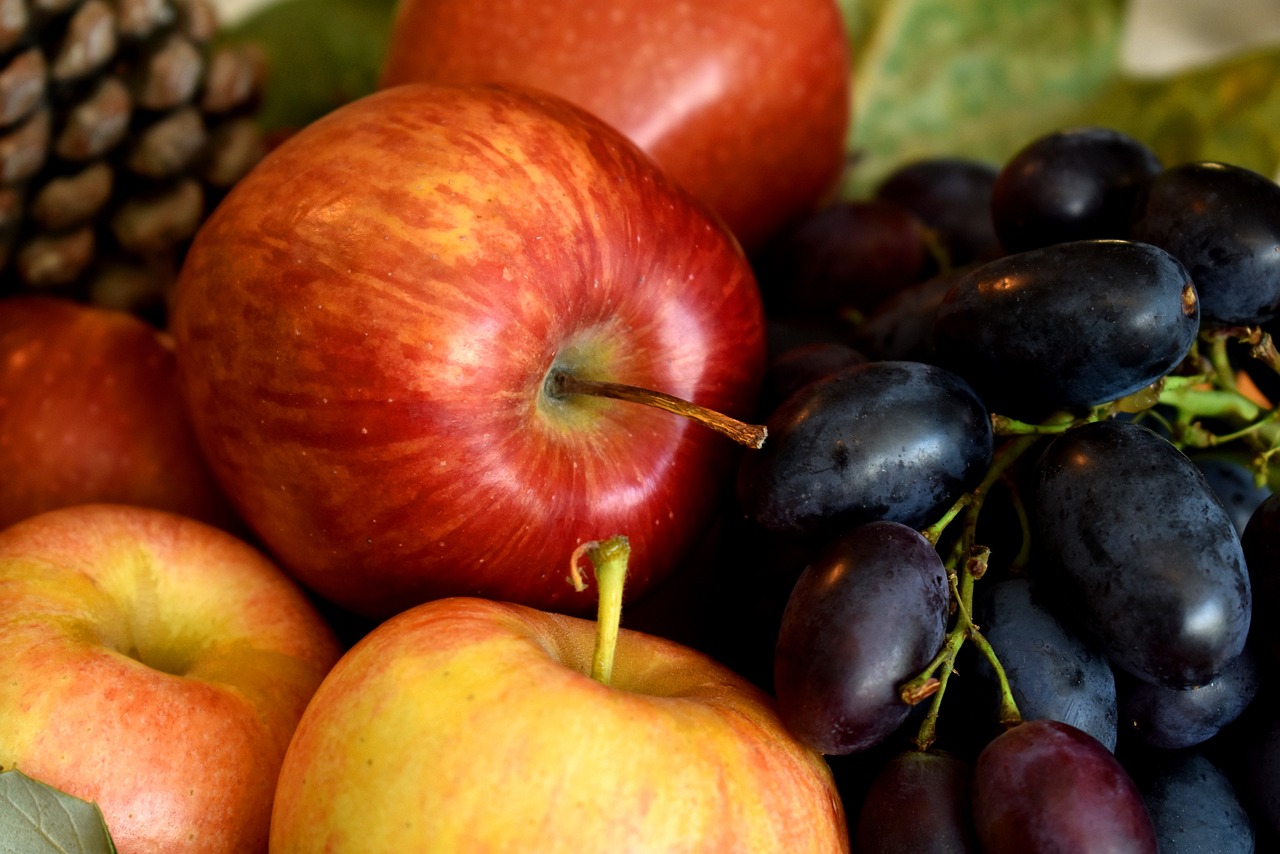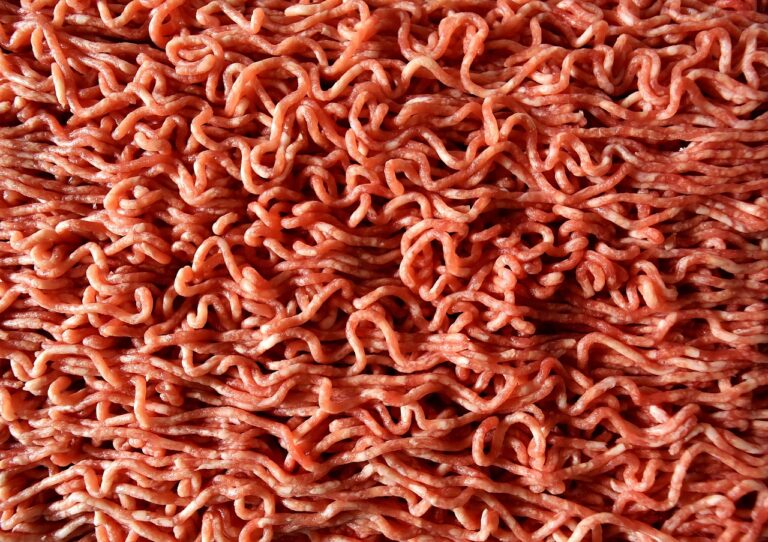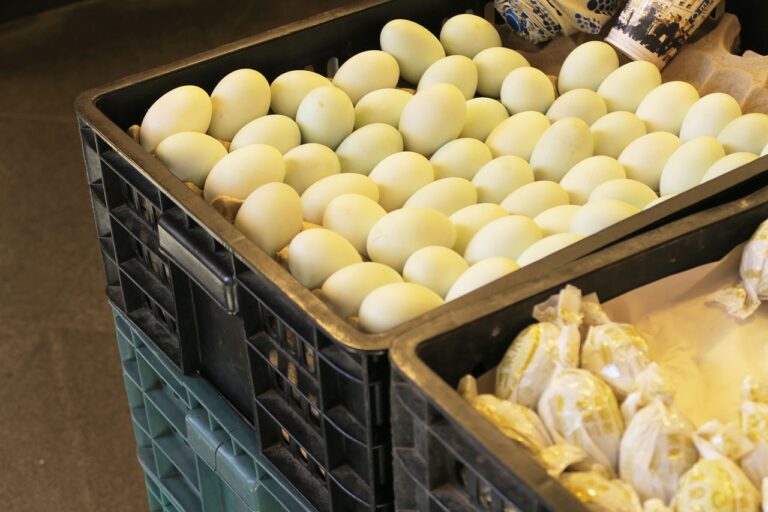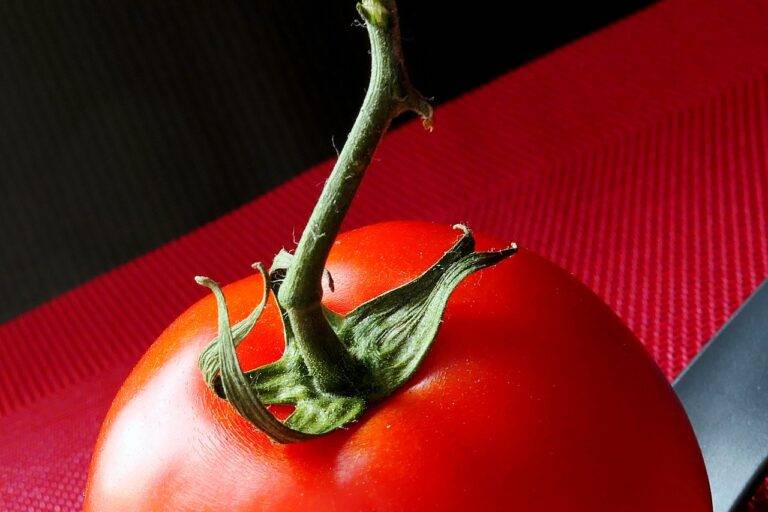The Artisanal Cheese Renaissance: Rediscovering Traditional Methods
Cheese making has a rich history that dates back thousands of years. The origins of cheese production can be traced back to various parts of the world, with evidence of its existence found in ancient records from Mesopotamia, Egypt, and Rome. In fact, it is believed that cheese making may have started as a way to preserve milk before refrigeration was available.
The process of cheese making has evolved over time, with different regions developing their own distinct styles and techniques. From the soft and creamy textures of brie to the sharp and tangy flavors of cheddar, cheese making has become an art form that continues to captivate taste buds worldwide. As technology advanced and transportation improved, the production and distribution of cheese grew, leading to a diverse and expansive industry that caters to a wide range of palates.
The Rise of Industrial Cheese Production
Industrial cheese production transformed the cheese-making process, leading to mass production and wider accessibility of cheese to consumers. The industrialization of cheese making introduced mechanized techniques that significantly increased efficiency and output. As a result, cheese production became more consistent in quality and quantity, meeting the growing demand for cheese in the market.
Furthermore, the rise of industrial cheese production also facilitated standardization in the cheese industry. With the implementation of standardized processes and equipment, cheese manufacturers could replicate specific cheese varieties on a larger scale. This standardization not only ensured uniformity in flavor and texture but also enabled cheeses to be produced in larger quantities to cater to a broader market.
What is the history of cheese making?
Cheese making dates back thousands of years, with evidence of cheese production dating as far back as 5500 BC.
What led to the rise of industrial cheese production?
The rise of industrial cheese production can be attributed to advancements in technology, such as refrigeration, pasteurization, and mechanized equipment.
How has industrial cheese production impacted the cheese industry?
Industrial cheese production has allowed for the mass production of cheese, making it more readily available and affordable to consumers worldwide.
What are some examples of industrial cheese production methods?
Examples of industrial cheese production methods include large-scale cheese factories, automated cheese making processes, and the use of bulk milk tanks.
Is industrial cheese production more sustainable than traditional cheese making methods?
While industrial cheese production may be more efficient in terms of volume, there are concerns about its impact on the environment, such as waste production and resource consumption.







